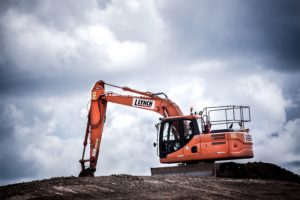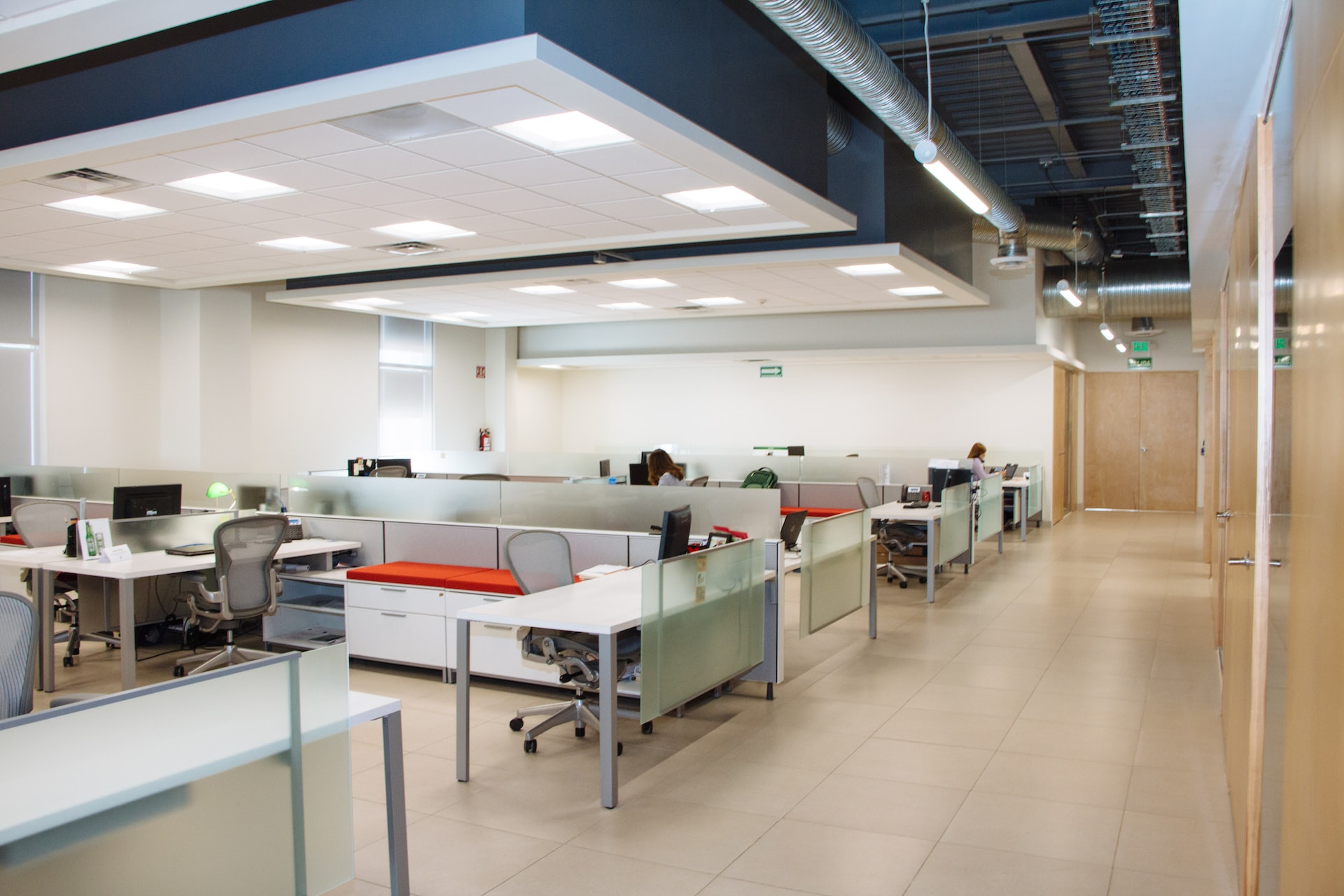The Best Way to Fund Your Equipment Purchase

Getting through temporary cash flow issues, growth and expansion, and inventory purchases are all reasons a business may need additional financing. Research shows that the top reasons businesses need capital are:
- Equipment purchases
- Business expansion
- Cash flow
- Funding for a new franchise
- Buying property
- Developing property
- Funding contracts
- Import financing
If your primary concern is the first thing on this list, you’re not alone. Many businesses need help in this department, and it’s important to know a little bit more about the requirements.
Equipment Financing Options

There are several options to fund the purchase of your equipment. The cost of the equipment you need to purchase is the primary factor. It helps guide your choice. It’s often easier to get small amounts of funding through credit cards or term loans. A traditional lender or financing provided by the equipment manufacturer are better suited for large capital requirements.
Many lenders specialize in equipment purchase funding for specific products. From expensive capital equipment to equipment redundancy, each has an offering that suits your needs or the market trends. A lot of lenders have partnerships with equipment manufacturers, making it easy for you to purchase the equipment at special rates. They may even offer additional services.
Asset Funding Structures
There are three common ways financial institutions structure their asset funding, each with its own set of benefits and drawbacks.
Financing an Outright Purchase
This is the most like a traditional loan. The lender loans you a specified amount and you pay it back or a certain period of time at an agreed interest rate. The period can be anywhere from twelve months to five years. The life of the asset and the amount you need to borrow both factor into this determination.
For example, if the equipment you purchase is designed to last for two years, you shouldn’t obtain a loan requiring you to pay for it for five. After depreciation, you will likely end up paying for something you no longer use to the full extent of its capability. If you default on the loan, the lender has the right to sell the equipment to recoup the cost.
Renting

If you require equipment for temporary use, this is probably the best option. This keeps your expense at a minimum, and you’re not required to fund any maintenance or upkeep on it. Monthly rental costs tend to be high because the rental company wants to make a profit.
For temporary use, it is cheaper than buying it outright. Renting works great for rapidly evolving technology and industries where equipment is outdated quickly. It keeps obsolete assets off of your books and is great for both accounting and tax purposes.
Leasing
A contract to use a piece of equipment for a specified period of time comes in handy when both the cost to rent and the cost to buy are too high. Leasing affords you the opportunity to use something for longer than a few months, without the financial obligations of ownership.
Leases range anywhere from one year to ten years. You may have the option to purchase the equipment after the term of your lease is up depending on the bargain purchase options available through the lessor. While you may end up paying more than the equipment is worth, the payments are more affordable than renting.
Capital leases require that you record the asset on your financial statements and indicate your payments as a liability for accounting and tax purposes. Operating leases allow you to write off your payments each time you make one and are not subject to the same requirements as capital leases.
You need to know which option best suits your financial need. While leasing and renting are very similar, it depends on how long you need the equipment. For longer-term contracts, leasing is a better option. For seasonal operations, renting is the way to go. Purchasing is something else entirely, and a decision you have to make on your own.
Factors to Consider
You should always do some sort of financial analysis to determine which option is best for you and your business. Your decision should be based on how you anticipate the asset adding value to your business. The total cost of the asset including interest, repayments, depreciation, and maintenance are all factors to consider.
To qualify for a loan, you have to prove you can afford the equipment. Funders may be picky about what types of equipment they fund. There are other considerations like your credit score, how long you’ve been in business, and your revenue.
To minimize cost, buying used equipment is something many businesses consider. If resale value and quality of equipment are good, you may find a lot of options for used goods in your area. This could make your equipment more affordable.
Funding Requirements
As is typical of most lenders, you will have to provide information like the type of collateral you plan to use, financial statements, revenue statements, and consent to check your credit. All of these things help minimize the lender’s risk.
A lender will also evaluate the value of the asset you want to purchase. Lifespan, total value, market size, and depreciation are all considered. Depending on the type of equipment, you may need to seek the help of a specialized lender.
The interest rate, term length, and repayment schedule will be based on the factors above and agreed upon by both parties. You should also be prepared to pay an origination fee to cover the lender’s cost of processing your application.
Once you understand your needs, it’s not difficult to find and apply for a small business loan. Many online lenders like Quick Loans Direct offer same day business loans and other fast business loans. When you’re ready to move forward, don’t hesitate to reach out!





